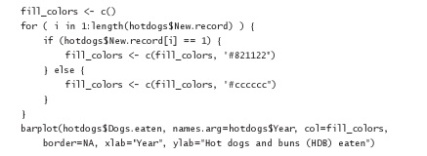Use of the term ‘maker’ to describe the 3D printing community was one I was not aware of. I think it is interesting to consider the word in this context alongside the definition above. As Neely and Langer quoted from The Economist in their article Please Feel the Museum: The Emergence of 3D Printing and Scanning, “The maker movement is both a response to and an outgrowth of digital culture…many people who spend all day manipulating bits on computer screens are rediscovering the pleasure of making physical objects”. This return to materiality seems to be slightly odd to me. Many of the examples in this weeks readings show makers creating miniature version of sculpture, or even integrating different sculptures in a mash-up, however these are missing their initial textural element. They may be as accurate as possible in terms of form, but in terms of texture they are all the same, which was obviously not the case in the past.
I agree that 3D printed objects are useful for all of the reasons outlined in 3D Scanning in the Museums: A Q&A with the Smithsonian’s “Laser Cowboys” but I do think they miss something. I think their value is in their process of creation, perhaps, and not the result. Here is an example of an artist, Gilles Azzaro who has confronted sense to a certain extent – he has created and printed a visualization Barak Obama’s State of the Union address. Pressing the ‘start button’ plays a recording of the speech and a laser tracks progress through the speech upon its 3D printed counterpart. Again it is the process that is of interest here, and the fact that it took 350 hours to print.
Something else I considered was how our interpretation of an object is formed partially from our knowledge of how it was created. As a former archaeologist this is an incredibly important part of how we understand objects, and so I wonder how 3D printed object will be viewed by the archaeologists of the future?





